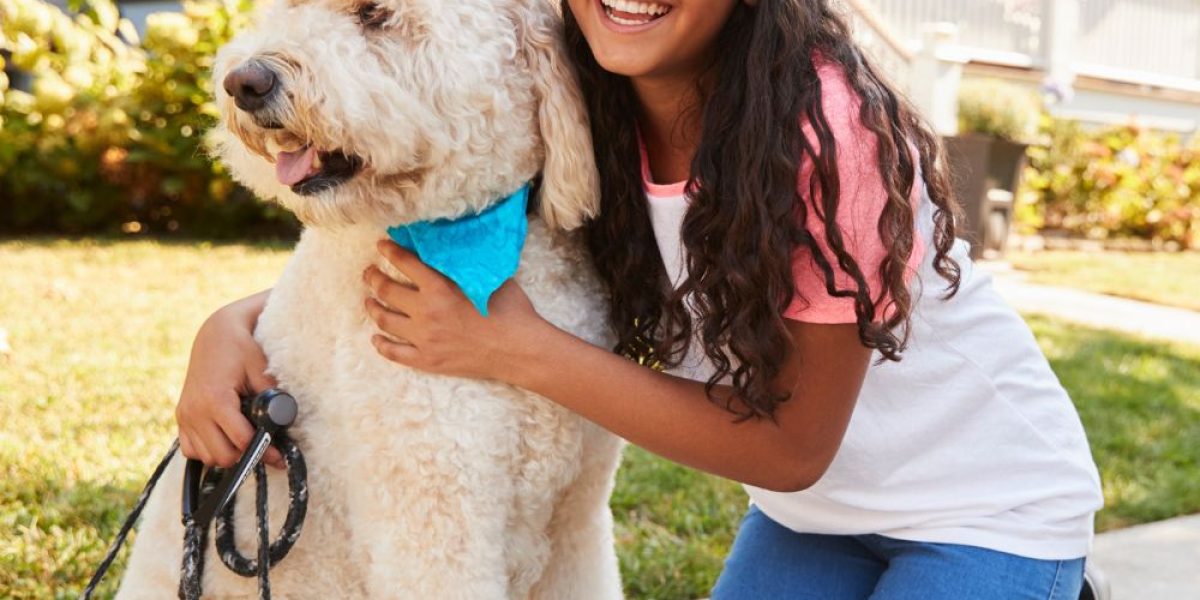Wat is het om je hond te trainen vanuit positieve bekrachtiging?
Dog training has come a long way from the days of harsh discipline and dominance-based methods. Today, the power of positive reinforcement has taken center stage in the world of dog training, and for good reason. This humane and effective approach not only helps dogs learn desired behaviors but also strengthens the bond between you and your furry companion. In this blog post, we’ll explore the principles and benefits of positive reinforcement in dog training and offer practical tips for implementing it in your own training sessions.
Understanding Positive Reinforcement:
Positive reinforcement is a training technique that involves rewarding your dog for exhibiting a desired behavior. The “positive” in positive reinforcement refers to the addition of something pleasant, such as treats, praise, or play, immediately after your dog performs the desired action. The goal is to make your dog associate the behavior with a positive outcome, encouraging them to repeat it.
The Benefits of Positive Reinforcement:
- Builds Trust and Confidence: Positive reinforcement creates a positive and trust-based relationship between you and your dog. Your dog learns to see you as a source of good things, which strengthens the bond between you.
- Motivates Learning: Dogs are more motivated to learn when they associate training with enjoyable rewards. They become eager to participate in training sessions and are more likely to engage in learning new behaviors.
- Reduces Stress: Harsh training methods can lead to fear and stress in dogs. Positive reinforcement training is gentle and stress-free, creating a relaxed and happy learning environment.
- Encourages Problem Solving: Dogs trained using positive reinforcement often become better problem solvers. They actively think and experiment to figure out what behavior earns them rewards.
- Long-lasting Results: Positive reinforcement helps create lasting behavior changes because the dog is motivated to continue performing the desired action even after the treats stop.
Practical Tips for Positive Reinforcement:
- Use High-Value Rewards: Find out what treats or rewards your dog loves the most and reserve them for training sessions. This makes the rewards more motivating.
- Be Consistent: Reward the behavior you want every time you see it. Consistency helps your dog understand what you expect.
- Timing is Key: Reward the behavior immediately after it occurs. Dogs have a short attention span, so prompt reinforcement is essential.
- Keep Sessions Short: Dogs can become bored or tired during long training sessions. Keep sessions short and focused to maintain their enthusiasm.
- Mix Up Rewards: Vary the rewards your dog receives to keep them engaged and curious. Sometimes, use treats; other times, offer praise and play.
In conclusion, positive reinforcement is a powerful and compassionate way to train your dog. It fosters a loving, respectful relationship and helps your canine companion become a well-behaved and happy member of your family. Embrace the positivity, patience, and consistency of this approach, and you’ll see remarkable results in your dog’s behavior and overall well-being. Happy training!


